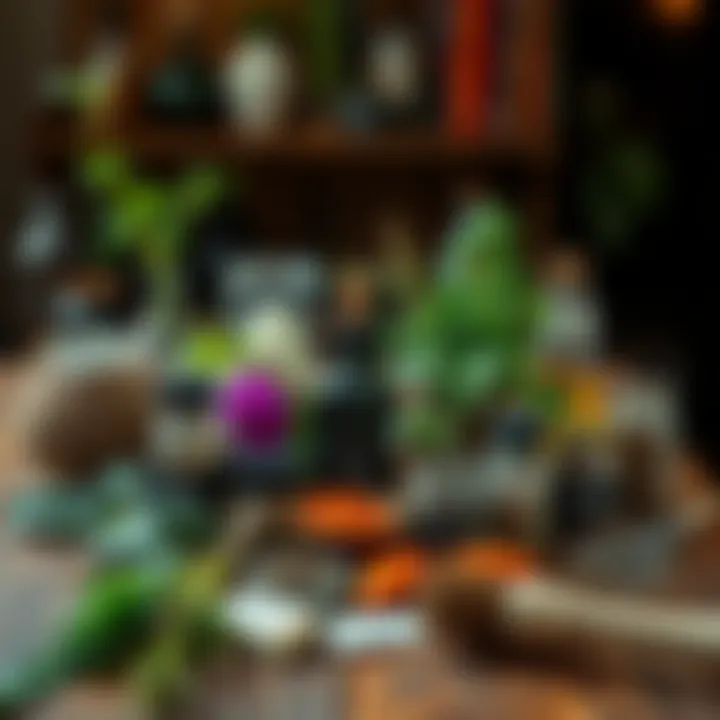Users Seek Reliable Herb Sources | Frustration Grows Over Google Limitations in Witch Crafting
Edited By
Sophia Hart

A growing number of people in the witchcraft community are expressing frustration over finding reliable herbal resources online. Users are looking for trustworthy books and websites that detail the properties and uses of various herbs in spells and rituals.
The Search for Knowledge
Those in pursuit of herbal knowledge often turn to hit-or-miss internet searches, leading to dissatisfaction. One individual shared, "I just got an abundance of herbs and I’m looking it up on Google but I need a website that has a list of herbs."
This comment reflects a broader sentiment about the inadequacy of existing online resources, prompting discussions on more trusted alternatives.
Recommended Resources
Contributors have recommended several reputable sources for herbal correspondences:
Cunningham’s Encyclopedia of Magical Herbs: A classic but slightly dated resource, valued for its broad coverage.
Hoodoo Herb and Root Magic by Catherine Yronwode: Excellent for those exploring folk magic traditions.
Sandra Kynes' Encyclopedia of Magical Plants: Another solid reference that may include information on different plant uses.
As one commenter noted, "You can figure out the properties of herbs alone. It’s all intuitive." This emphasizes the personal approach many take when engaging with spell work.
Insight into Practical Use
Interestingly, many users shared practical insights into using these herbs. Chamomile is identified for peace, roses for love, while coffee is noted for adding energy to spells.
"Any plant with a real known property can be used to enhance that property when used symbolically in spell work," said one participant, showcasing how deeply intertwined herbs are with the practice.
Community Feedback
Overall, the sentiment from the community appears largely positive toward established resources, but there is a push for more curated information, especially for baneful plants.
Some users are dissatisfied with the lack of comprehensive guides that also detail the darker aspects of herbal magic.
Key Takeaways
📚 Top Resources: Cunningham’s Encyclopedia and Sandra Kynes’ books are highly recommended.
🌿 Practical Uses: Herbs can significantly influence spells, as demonstrated by active practitioners.
🗣️ Community Needs: Participants are seeking better-organized resources online for varied herbal properties and applications.
Forecast of Herbal Exploration
As the community pushes for better resources, there's a strong chance that specialized herbal websites will emerge within the next year, fueled by the current demand for organized herbal information. Experts estimate around 60% of practitioners will actively seek refined pathways for their magical explorations, opening the door for dedicated platforms that discuss the myriad properties of herbs comprehensively. The growth of online forums and user boards indicates this trend, as practitioners aim to access tailored knowledge regarding both common and baneful plants. The interconnectedness of users seeking specific information will likely shape future content, ensuring that platforms focus on unaddressed needs within the community.
A Lesson from the Daily Grind
Reflecting on historical practices related to the culinary arts provides a unique lens on today’s herbal quandary. In the early days of home cooking, cooks relied heavily on anecdotal knowledge, often passed down through generations, much like herbalists today rely on shared wisdom within communities. Just as the rise of culinary schools eventually standardized cooking techniques, the witchcraft community will likely see the formalization of herbal education resources emerge from this grassroots chaos. This parallel underlines how essential it is to blend tradition with accessible education, ensuring practitioners both honor their roots and improve their craft.
